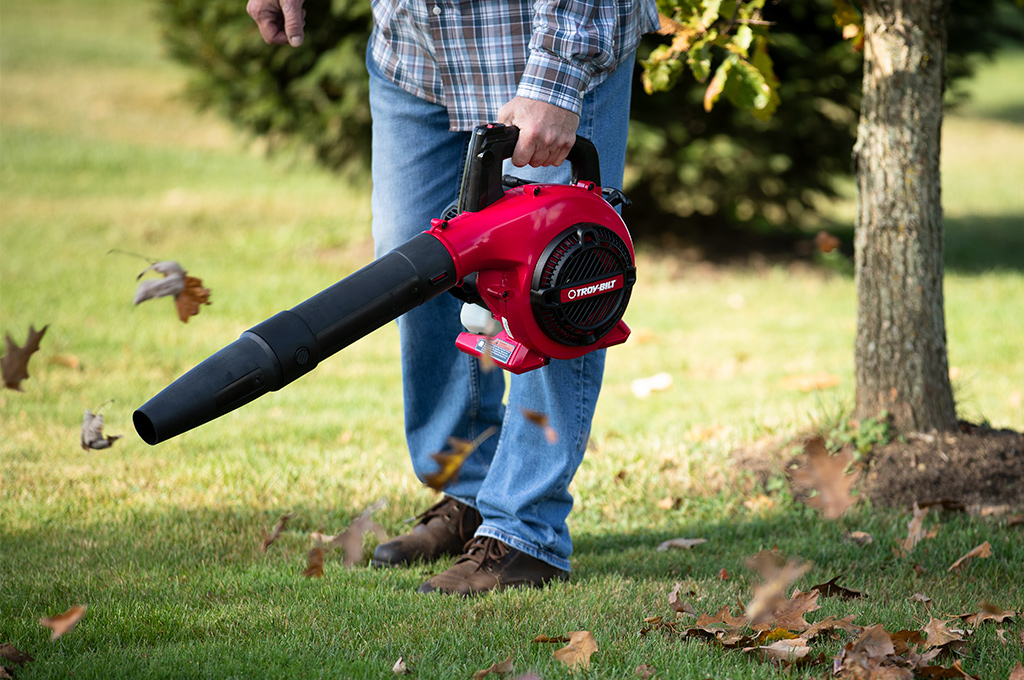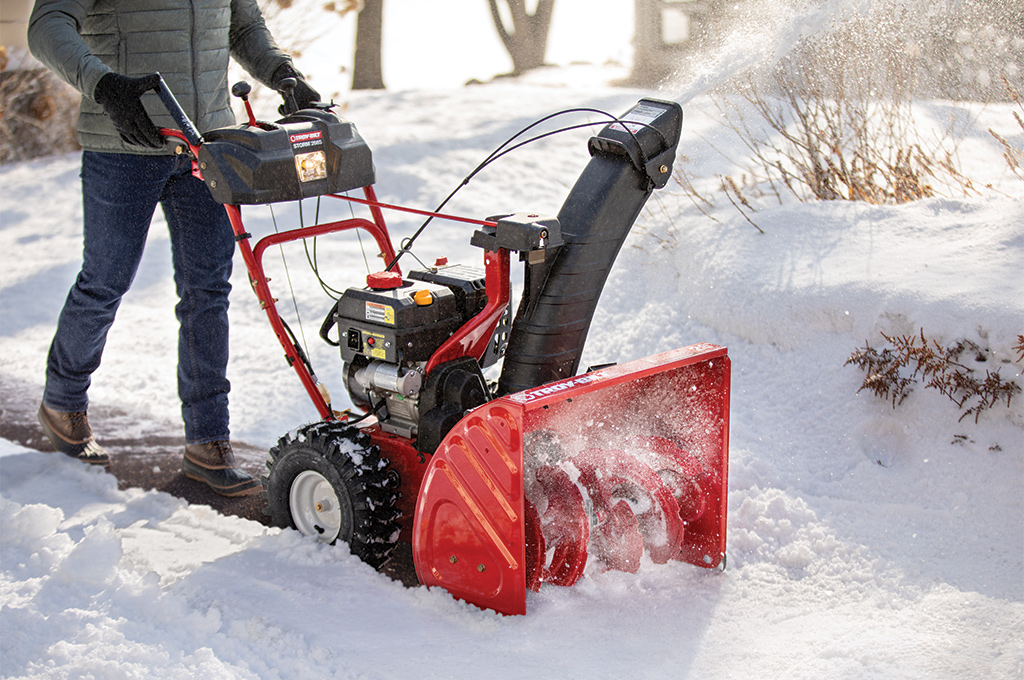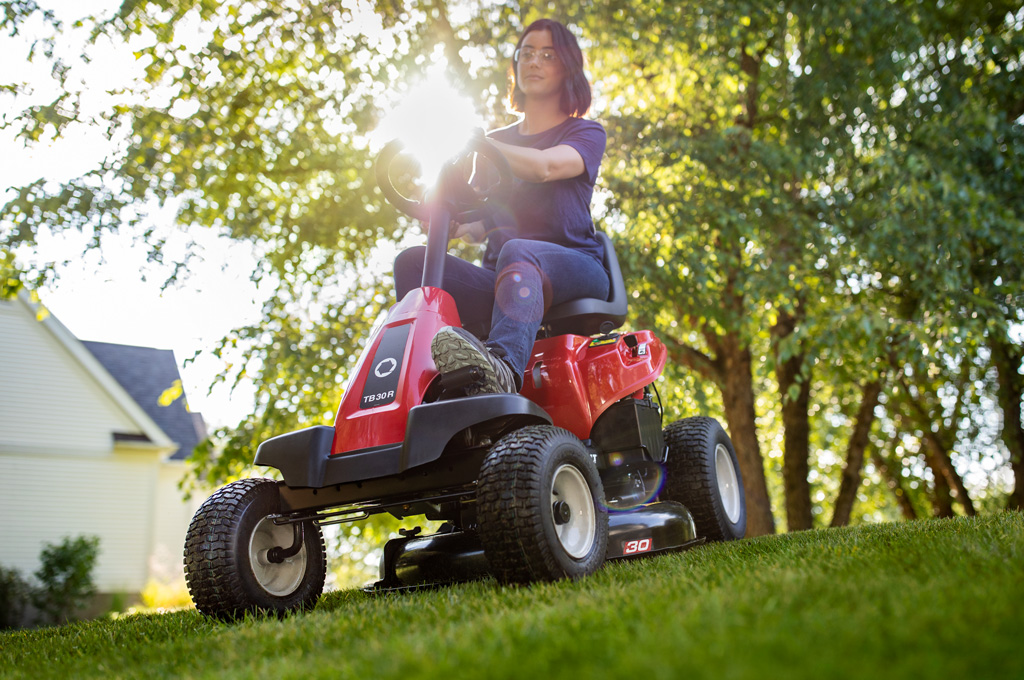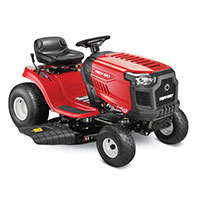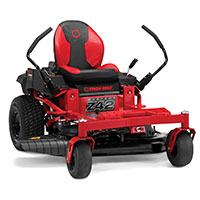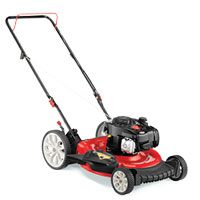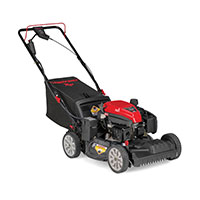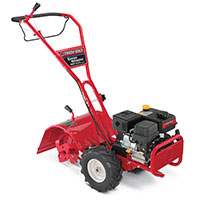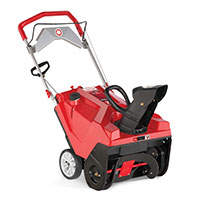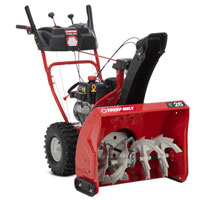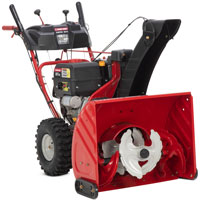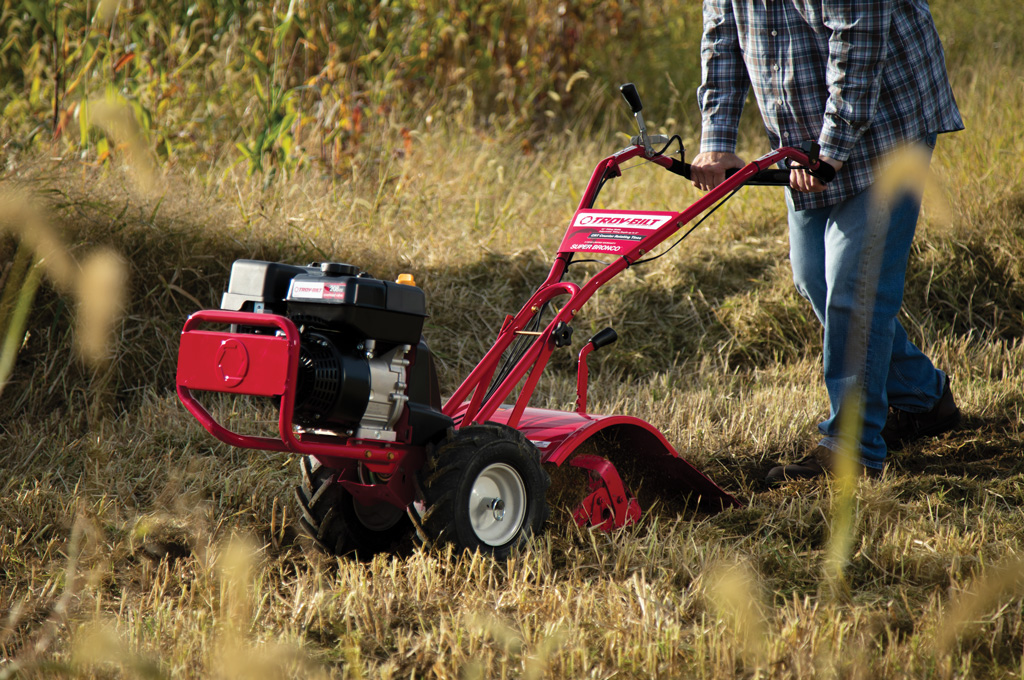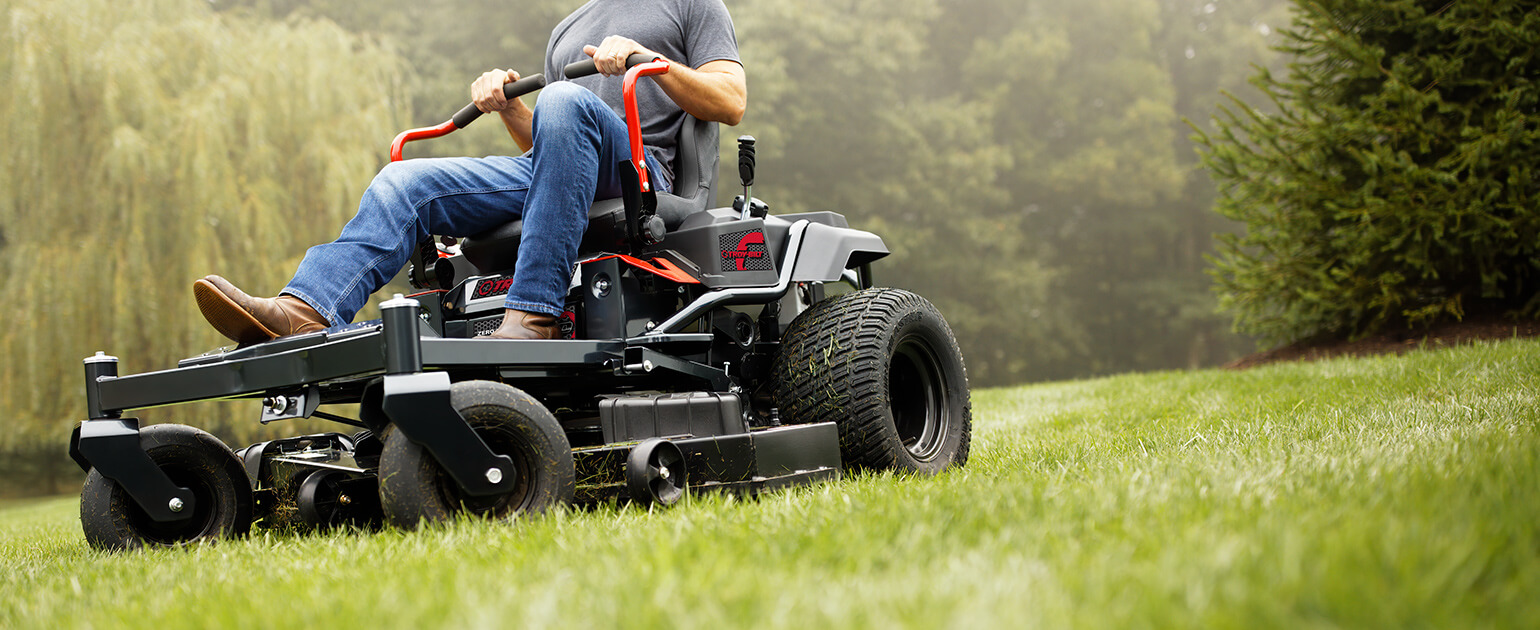
Tackle Large Yards Faster
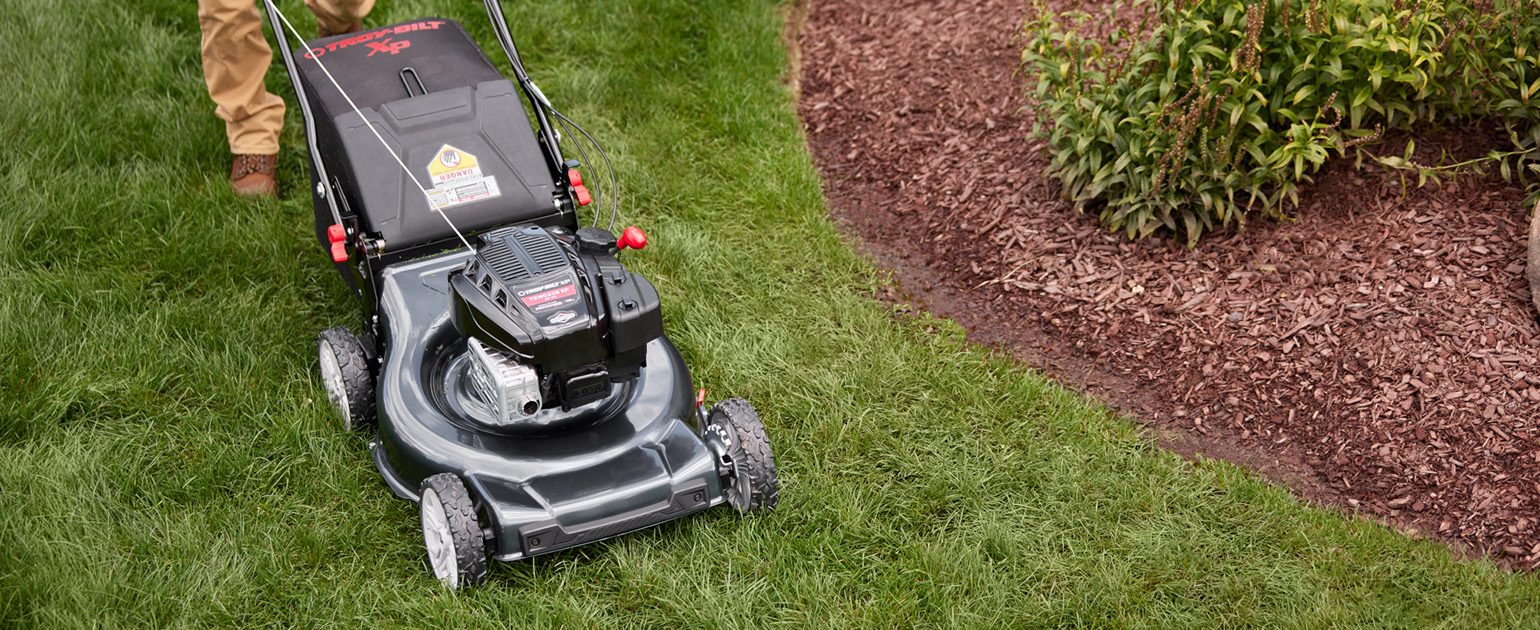
Get Yardwork Done Right
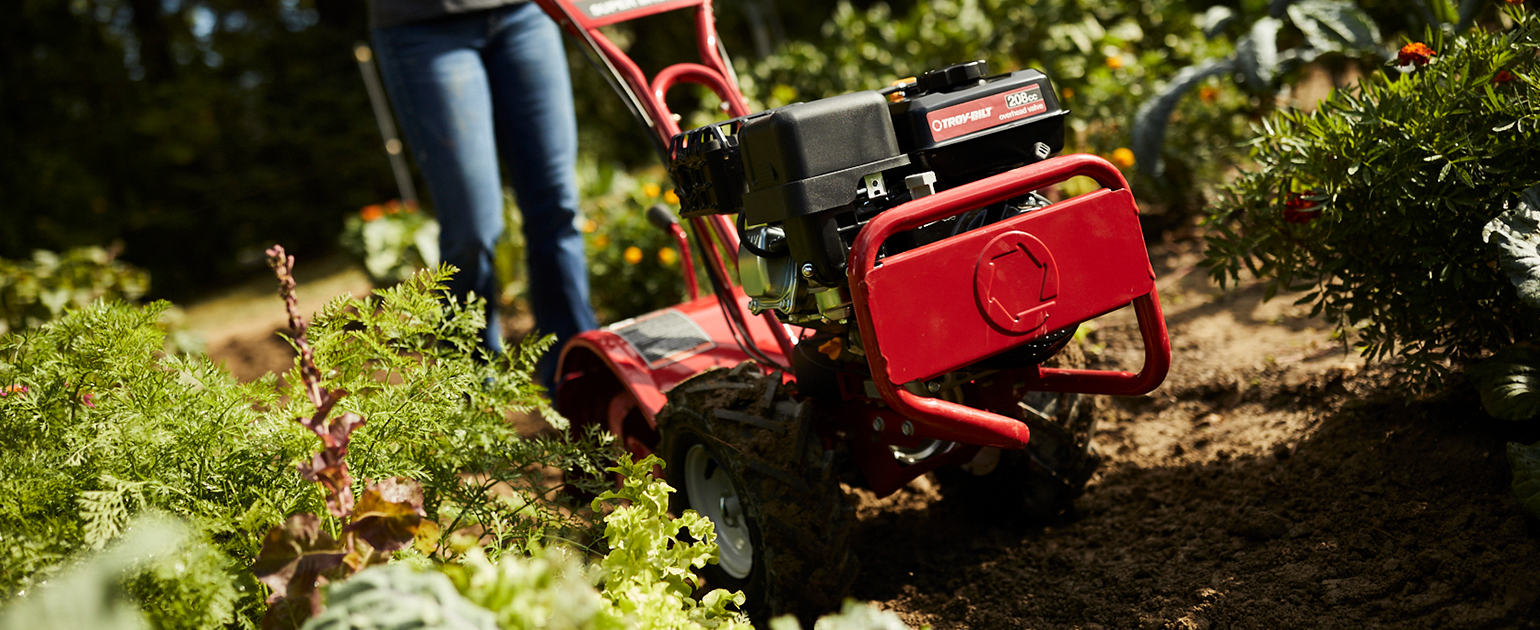
What Are the Benefits of Tilling Soil?
Shop Our Products
Every Troy-Bilt product is tested for thousands of hours so it works every time you need it.
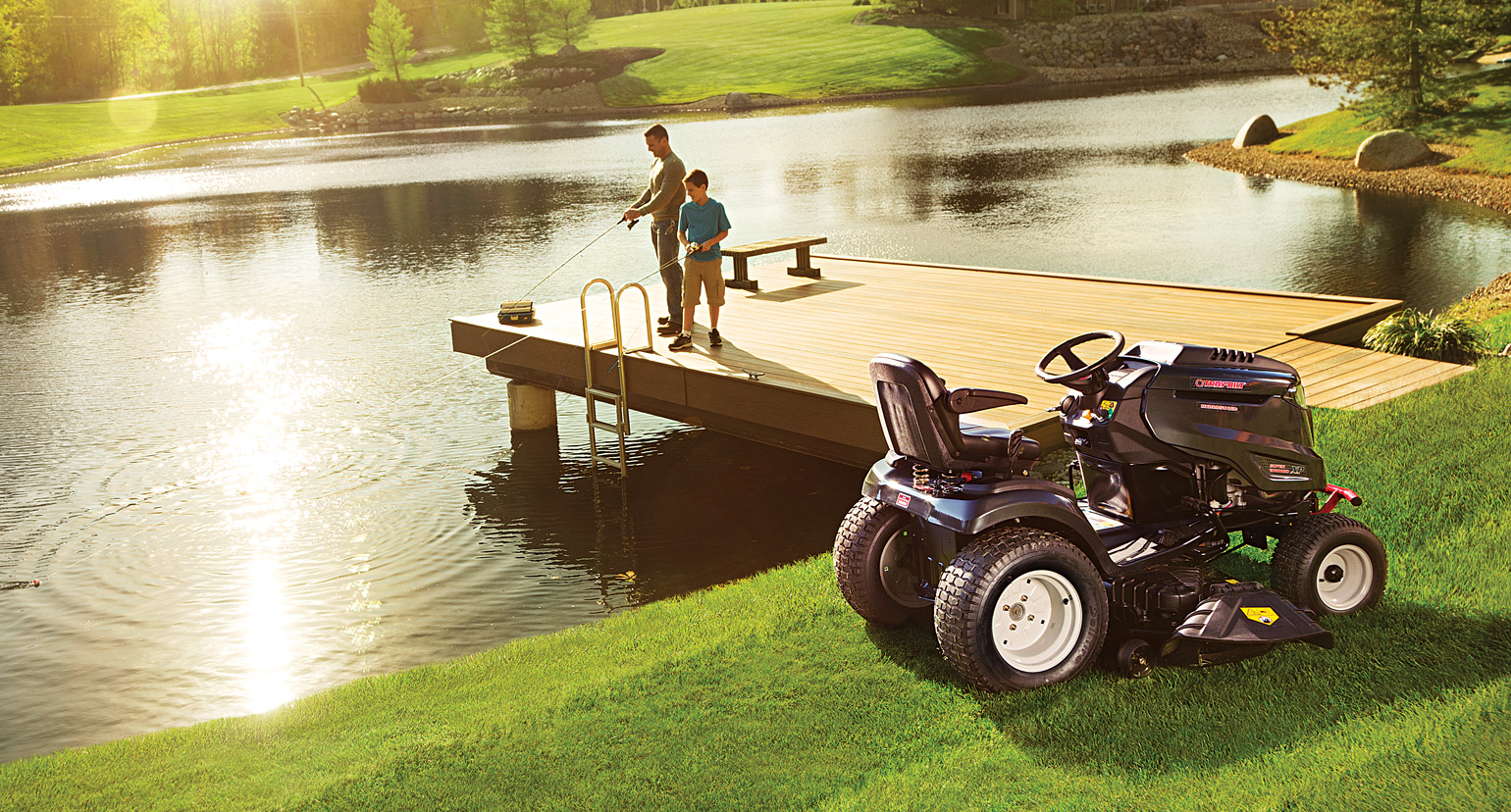
We’re here to help. Just ask.
Product Support
Questions about your Troy Bilt? We're here to help.Have a question? Just Ask Troy. Simple answers to your questions in the yard.
As summer turns to autumn, it seems that the gardening season is coming to an end. Yet, there are plenty of tasks that can keep us busy in the garden - and give us a head-start on spring. Here are five tasks to keep you busy this autumn.
In anticipation of colder weather, get your walk-behind lawn mower ready for storage with these maintenance tips.
Amending soil in the fall is one of the best ways to reinvigorate your soil and make sure it is in prime condition next spring.
Autumn is prime time for planting bulbs like tulips, daffodils, crocus and grape hyacinths. Planting bulbs in late autumn gives them time to set roots in advance of winter and prepare for the spring blooming season.
Make Yardwork Less of a Chore
